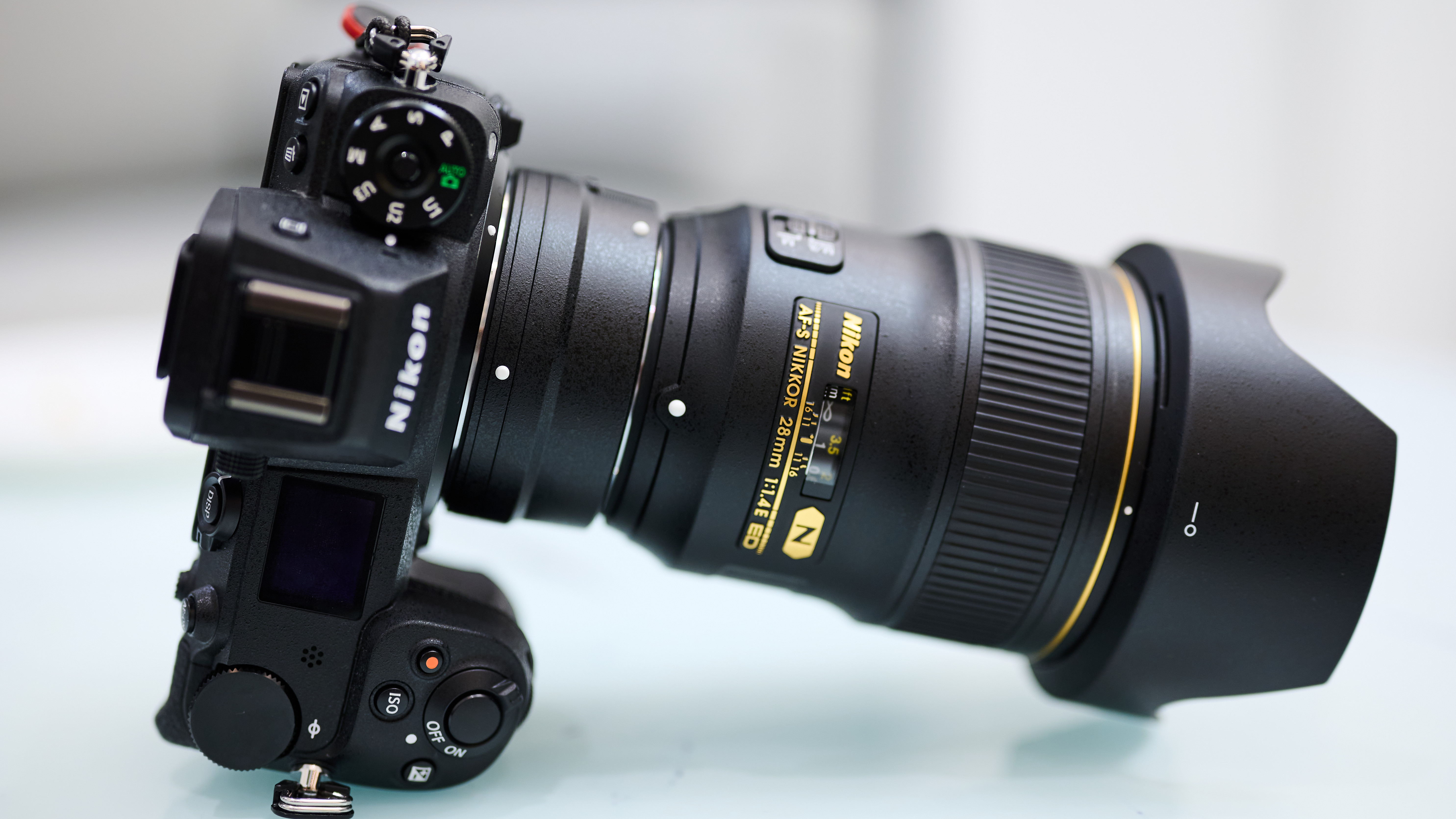If I were to be left with only one focal length to take photos with for the rest of my life, which would I pick? This is my journey through 15+ years to find the answer to that question. Why it’s taken me this long to arrive the answer has a lot to do with experimentation, self-discovery and some great technological advancements. It all starts with the wrong type of 50mm.
Prime Lens

Cream of the Crop
50mm (75mm FX)
When I got my first DSLR in way back in 2007, my first and only lens was a DX 18-200mm VR Nikkor. The only question I was ever asked (or knew to ask) about lenses was “how much zoom?”. 11x, thank you for asking.
Many of my friends bought DSLRs around the same time as well, and the ones that had a second lens invariably had a 50mm ƒ/1.8 – the Nifty Fifty, as it was called. The main reason to own one, of course, was the indispensable low light capability when anything above ISO 800 turned out to be unusable.
But the other reason was the lore about 50mm being the best approximation of human vision or perspective. So I borrowed a 50mm from a friend and tried it for an event. I was pretty impressed with the lens’s capabilities. The lens was sharp and produced pleasingly soft background blur (bokeh). 50mm was also supposed to closely match human vision, but that was on film cameras. On my APS-C DSLR it wasn’t wide enough to be an all purpose lens. It was, however, a pretty compelling portrait lens.
50mm DX (75mm eq.)
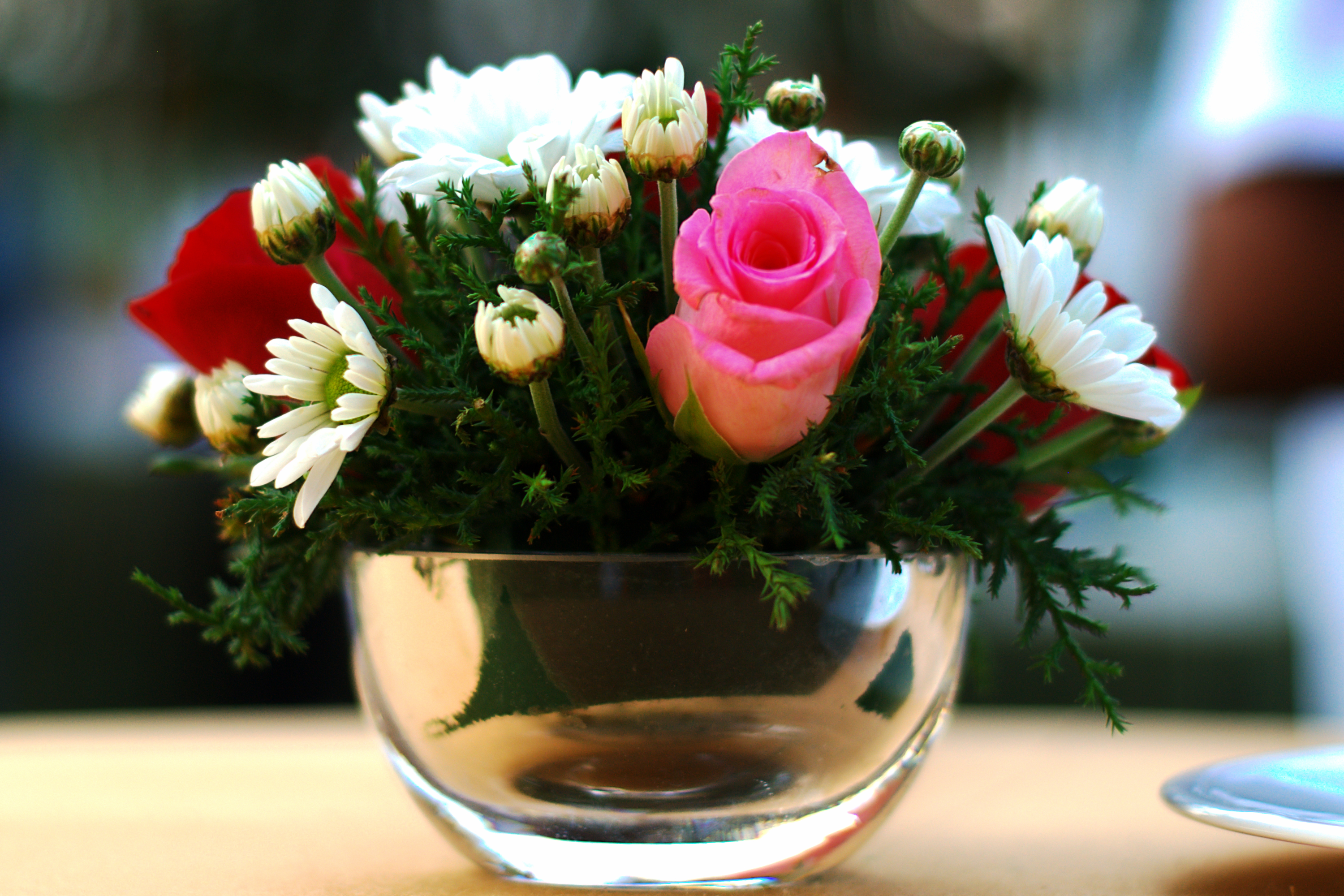
35mm (50mm FX)
Wanting the low light capabilities but not that narrow FoV, I felt sure enough about spending 3x more money on a 35mm ƒ/2 D Nikkor instead of the 50mm. This was before I was aware of stuff like “crop factor” and “full frame” and while I thought I didn’t want a 50mm, I actually ended up having the focal length that’s close to 50mm on a cropped sensor.
I rocked the 35mm prime as my main low light option for the next several years, using it to shoot everything from the mundane to my best friend’s wedding, the first photos of my first baby and even tried to use it as the only lens on a couple of vacations.
35mm was a focal length that mostly worked well for me but I missed the ability to go wide often enough that I felt I could do better with a 24mm DX lens (35mm in full frame terms). The nifty fifty still played a big role as my goto lens for portraits and photos of my children, and a 24mm would complement it nicely, I thought. To my dismay, Nikon never made a small, sharp 24mm DX lens.
Travelling with 35mm DX
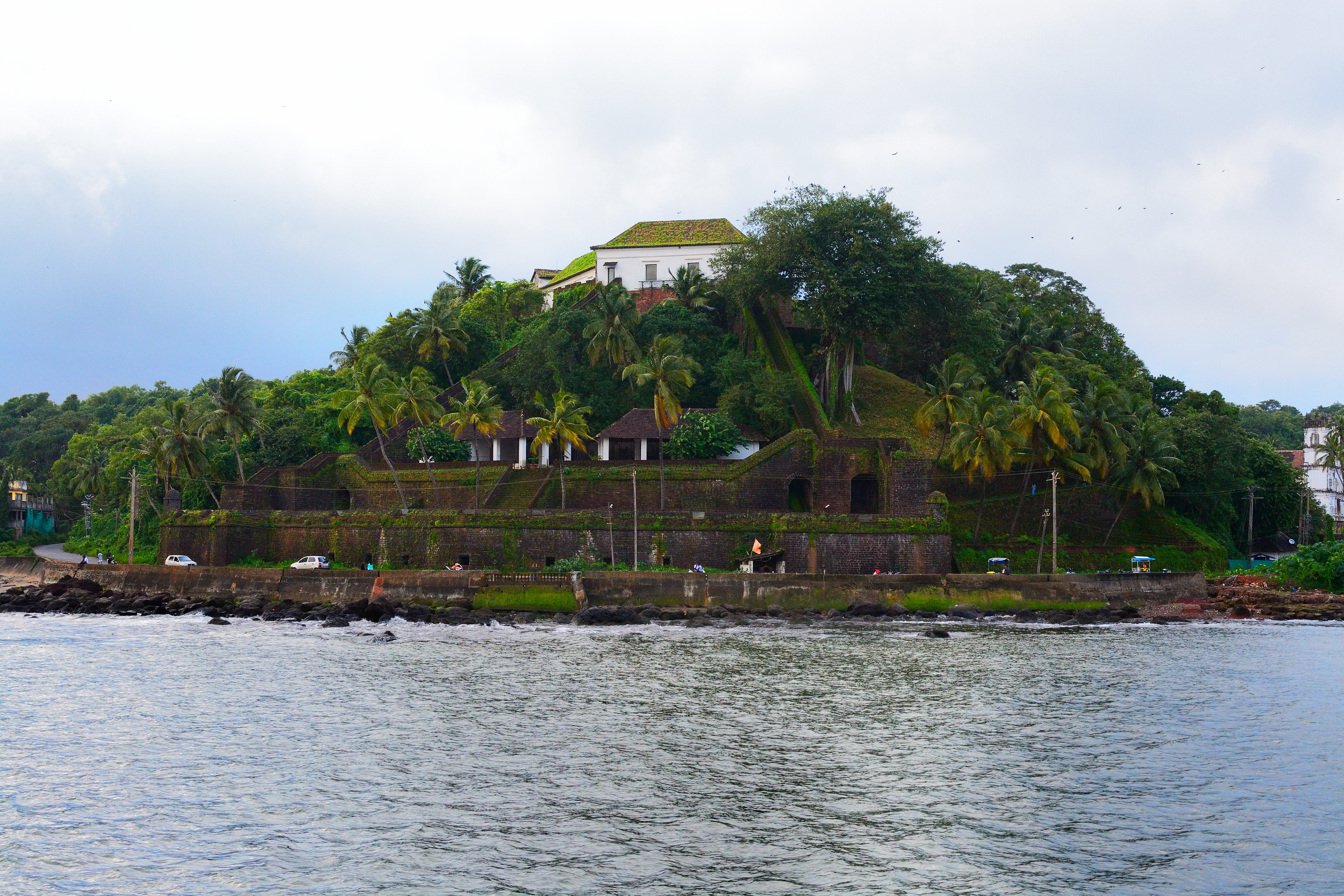
Full Frame Days
40mm
One of the big motivators for me to search for one all purpose focal length also was compactness. So when Nikon announced the small sized Z 40mm ƒ/2, I jumped at it right away. It made a nice, compact kit with my Z6. 40mm was not too far from the 35mm (24mm DX) that I had been dreaming of for the past several years.
Z 40mm ƒ/2

It’s only been one year to the date that I got my 40mm but in this one year, I’ve used it to do all kinds of shoots. I’ve taken it solo on travel, used it for corporate events, food photography, environmental portraiture… you name it.
They say that 42-45mm is approximately the closest to human vision. It’s more anecdotes and heuristics than physics, but I do find that framing with the 40mm is almost effortless. I see something, I raise the camera, boom – I get what I want, most of the time without feeling that the lens is too narrow or too wide.
40mm has come close, really close, to being that one focal length that I can always depend on, but it’s still not there. My biggest challenge was with the lens not being wide enough to take group shots, environmental portraits or ambience shots easily – situations that an all purpose lens should be able to handle.
Coffee with 40mm

24mm and Wider
I shot with a Sony 16mm ƒ/2.8 for about 1.5 years with one of the first E-mount cameras (Sony NEX-5). I found it to be quite a handy focal length, that managed to do it all – well, except portraits of any kind. 24mm (16mm DX) was also a prestige issue with me back in the days, because that’s where the wide end of premium standard zooms would start.
Sony 16mm ƒ/2.8 (24mm eq)
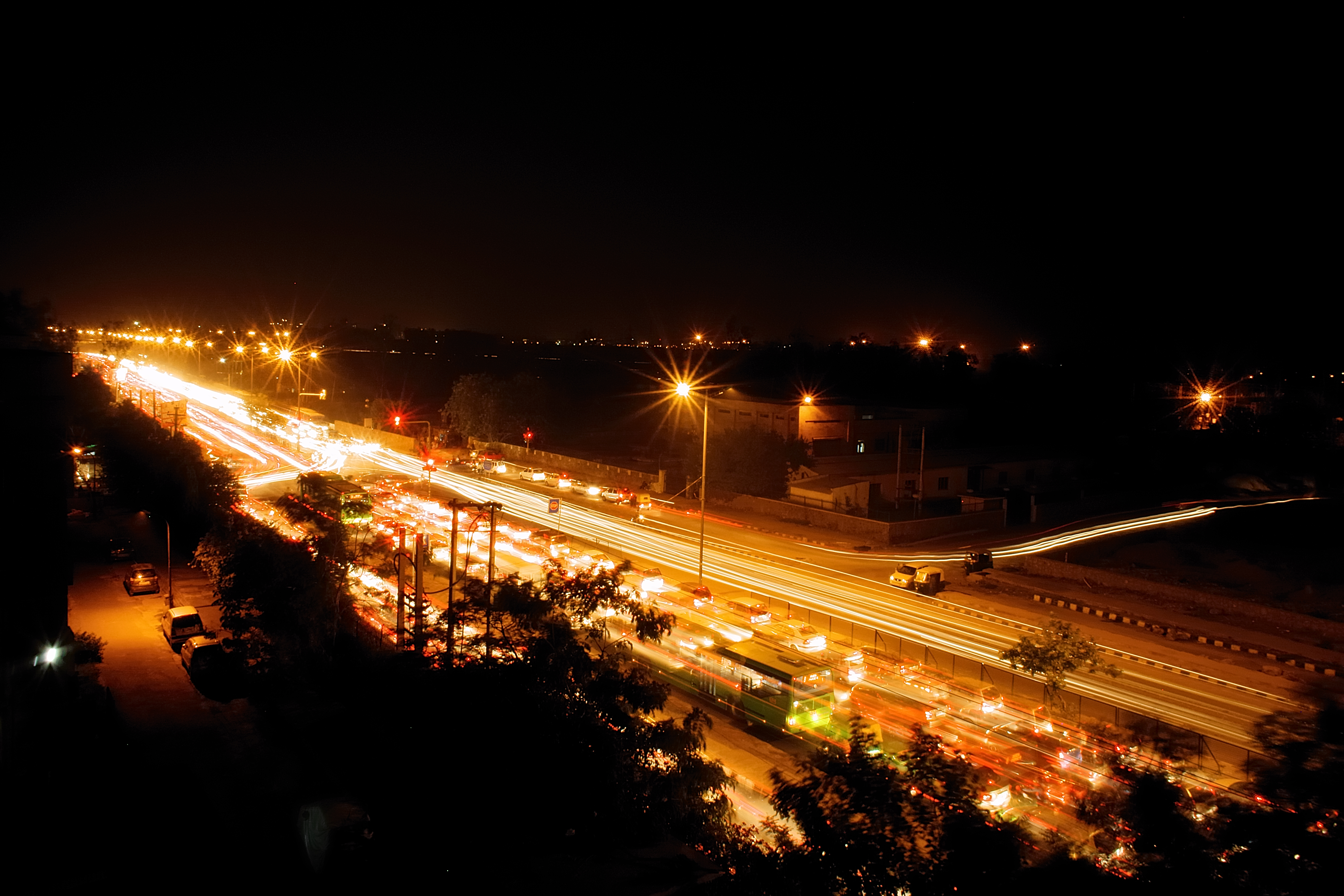
Yet, I’ve not been motivated enough to buy a 24mm prime despite good options available for full frame cameras. The only situation where I prefer having a 24mm, or 20mm is when I have to shoot a large group of people, i.e. indoor event shots. The other one, sometimes is landscape and architecture but, honestly, it requires a lot more skill to handle ultra-wides. That makes 24mm and wider lenses more of a speciality lens than general purpose.
Expansive 20mm View
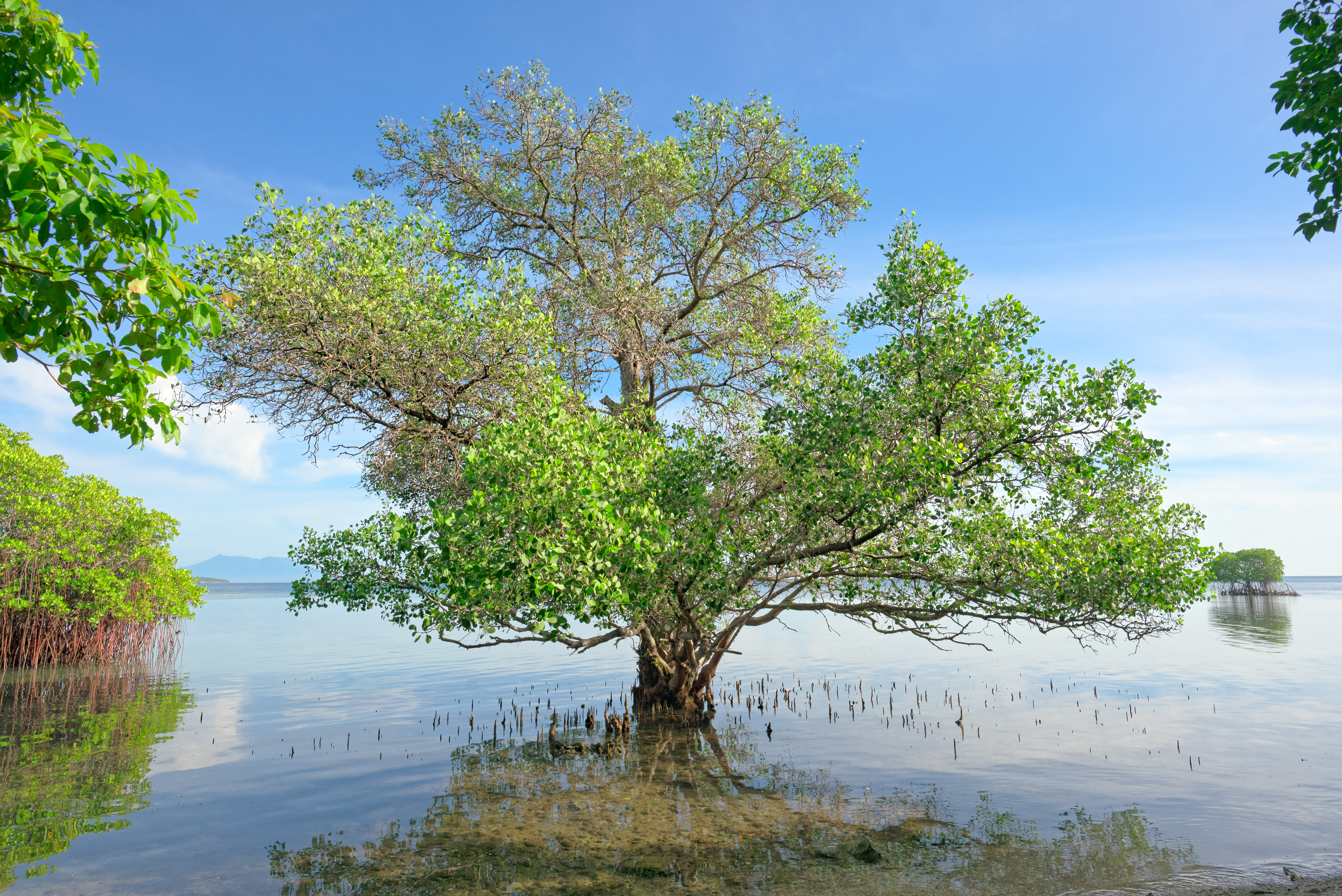
So now we’ve gone from too-narrow to too-wide, with only two focal lengths remaining in between. Which is it going to be?
35mm or 28mm?
35mm, Heck Yeah!
That’s been my answer to the question for the last 10 years or so. In my experience, I’ve found 50mm (35mm on DX) and 40mm to be very usable focal lengths all round. The only challenge that I always faced was that I found myself wanting for just a bit more width more often than I should have.
35mm is just that – a bit wider than 50 or 40mm, right? Luckily, last December, I got the opportunity to travel with the definitive 35mm travel camera, the X100V! This is where things get weird. Shooting with the 35mm turned out to be a never meet your heroes situation for me, unfortunately.
Somehow – and this is very subjective – the framing with a 35mm doesn’t always look right to me. With 40mm and longer, there’s a clear sense of “observation”, or not being involved with the scene as a viewer. With wider lenses like the 28mm or 24mm, it’s a more “guided” view where, as a viewer, you get the feeling of being part of the frame that you’re seeing. 35mm is somewhat undecidable in a lot of situations.
35mm on X100V

28mm (20mm DX)
In 2016, I bought a used 20mm ƒ/1.8G Nikkor lens. I wrote an enthusiastically positive review of the lens that same year, which includes the rationale behind my choice.
My Casual Kit

Over the years, I used it for important birthdays, weddings and workplace events where it proved to be a dependable tool making outstanding photographs. 20mm on DX was also my goto lens for light travel. I even used it as the only non-telephoto lens on my life’s most epic 3-week vacation to New Zealand. The versatility of ƒ/1.8 aperture and 30mm (full frame equivalent) focal length was simply quite impressive.
20mm on D7200 in New Zealand

If travelling with just a 28mm lens seems a bit odd, consider this realisation that I only had when I sat down to write this article. My first camera had a 28mm ƒ/16 fixed lens (4.8mm ƒ/2.8 real), which was my only lens to shoot with for a year and a half until I got my first DSLR.
My First Camera
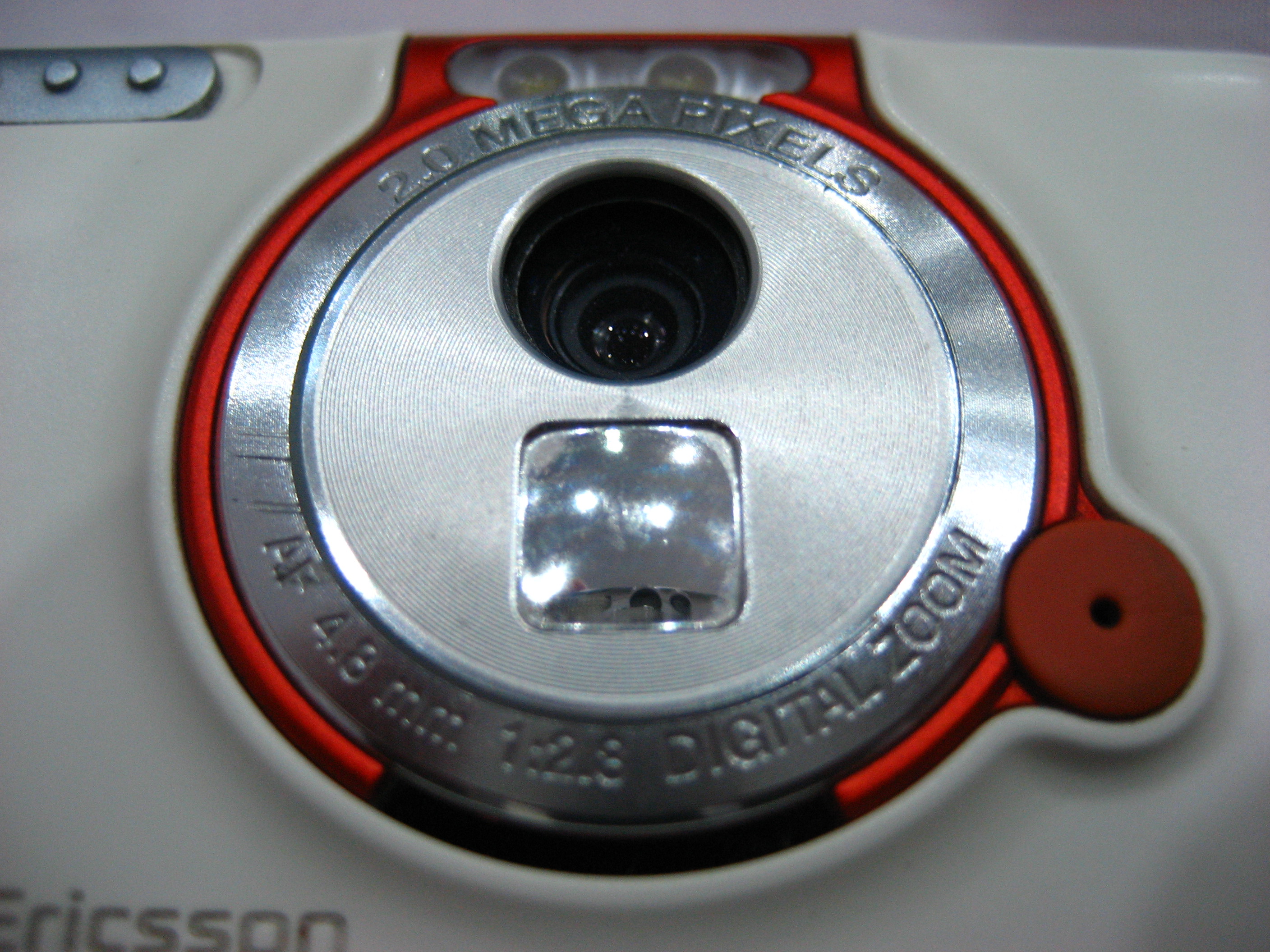
Data
I do periodic analysis of my photos to answer various questions. Most important of the questions is, what lens do I need next? I did the following analysis in 2018. The answer to my focal length question couldn’t have been more obvious, but 28mm? That focal length that every cheap standard zoom must start with? Surely, this was meaningless data. Except, it wasn’t. I repeated the analysis today with twice as many photos and 28mm is still the king.
Focal Length Distribution

Another interesting piece of information is the lens usage pattern. Before I got the 20mm ƒ/1.8 (30mm eq.) for my DX bodies, my most used lenses were the 16-85mm DX (24-120mm eq.) and 50mm ƒ/1.8 (75mm eq.)
The 20mm arrived on the scene and ended up quickly dominating until it was usurped by the Z 24-70 ƒ/4 on full frame. However, the 40mm ƒ/2 has by far been my most used lens in the last one year since it arrived.
The Best Focal Length
I want the overall structure of my photographs to have a sense of “being there” – like being teleported into the frame. I want my photographs to have small details and a cheerful vibrance that still retains all of the scene’s nuances. Many of my photographs, therefore, look rather ordinary at small sizes but come alive on larger screens and prints (A4 or 12x8 inch and larger is my baseline).
One way to present these photographs is to have the viewer feel like they’re there and observing the scene – a look typically achieved through short telephotos in the 70-200mm range. About 25% of my photographs are in this range. The other way to present is to make the viewer feel like they’re a part of the scene through a very spatial, 3D-looking presentation by clearly bringing out the relative positioning of all the important elements and providing a sense of scale. This is the range of photographs that is centered around 28mm and makes up another 25% of my corpus.
Lexham Gardens in 2008 in 28mm
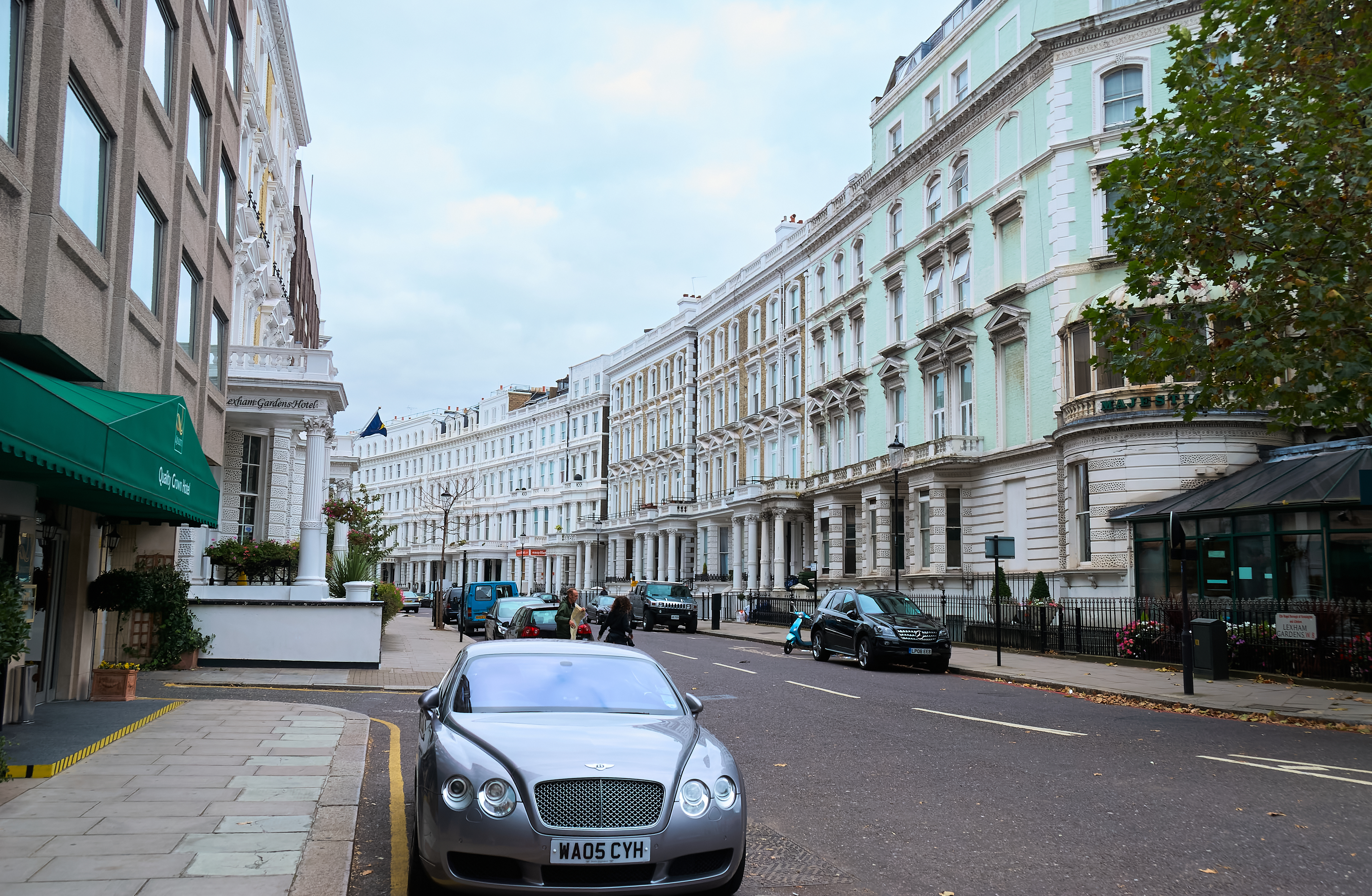
This means that the focal length I’m looking for is indeed the 28mm. However, the 28-70mm range is still quite important because half of my photographs are in that range. This is where we cheat by factoring the crop with a good quality prime. On a 45MP body, a crop equivalent to 70mm would result in 7.2 megapixels, which is sufficient for an A4 print at 300 dpi. If the shot is taken with an ƒ/1.6 or faster lens, the 70mm crop is equivalent to an ƒ/4. What’s really amazing is that with a 28mm lens on a 45MP body I can just toggle the 20MP crop (DX crop) and instantly switch to the humanist, easy to frame 42mm view!
In case of a creative hobby, it’s rather acceptable to make decisions based on emotions and perceptions. My emotion always drove me towards 35mm and my perception always drove me away from 18mm DX, i.e. 28mm. It may seem a bit futile and anti-climactic to spend so many years and do such deep analysis to just settle on the commonplace 28mm focal length. But as T.S. Eliot said,
We shall not cease from exploration, and the end of all our exploring will be to arrive where we started and know the place for the first time.
All of this exploration and analysis gave me enough conviction to buy the sharpest lens ever made by Nikon. The Nikon AF-S 28mm ƒ/1.4E Nikkor – my one lens to rule them all. More about it in the next post.
28mm ƒ/1.4E on Nikon Z7ii
